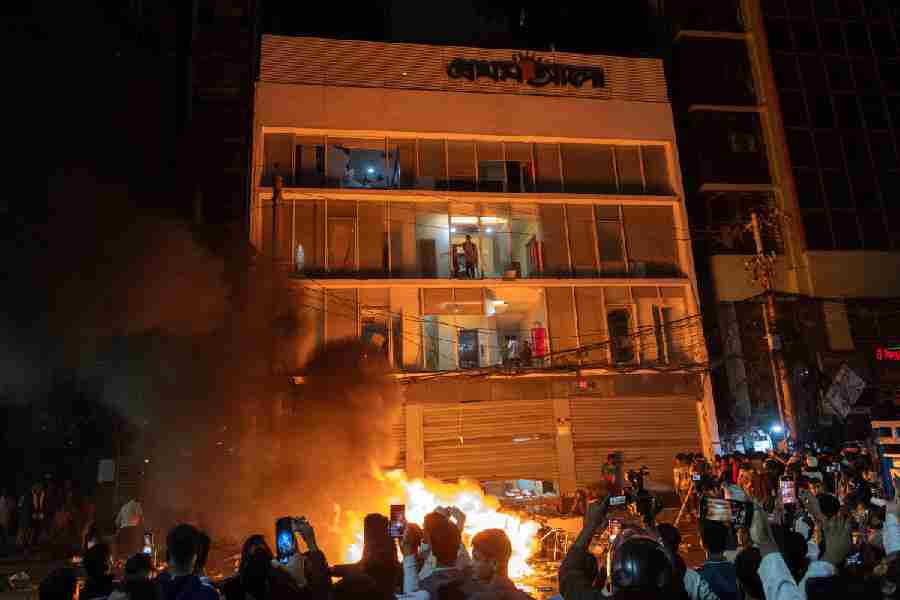Plane crash investigations are incredibly complex, and it can take months or even years to identify what went wrong. But video and photos of the Air India crash on Thursday prompted some early thoughts from aviation experts.
A widely shared video of the crash showed the plane descending over buildings with its nose pointed upward, an unusual position, said John Cox, a former airline pilot and chief executive of Safety Operating Systems, a consulting firm. The plane’s position looks as if “it should be climbing and in fact it’s descending”, he said. “The question is why.”
Cox and other experts cautioned against jumping to conclusions. Planes and the aviation system have many redundancies to prevent a single problem, leading to a calamity. As a result, crashes are typically caused by multiple failures, which can include equipment malfunctions, improper maintenance, bird strikes or pilot error. Early hypotheses often are ruled out during lengthy, technical crash investigations.
Officials looking into the crash will have no shortage of questions to ask, said Greg Feith, a former investigator at the National Transportation Safety Board.
“Did they properly configure the airplane when it took off? What was occurring with them? Was there a loss of thrust?” he said. “Was there fuel contamination? Fuel starvation where both engines weren’t getting fuel that would have caused a loss of thrust on both engines?”
In the video, the plane’s descent appeared to be controlled. That suggests that the pilots may have been trying to slow it down, said Ben Berman, a safety consultant who is also a former airline pilot and federal crash investigator in the US.
“Any reduction you can make to the air speed at impact is going to have a big positive effect,” he said. “It’s consistent with that, but it could also mean any number of other things.”
Heat is another consideration. The weather topped 38°C in Ahmedabad. High temperatures make takeoffs more difficult because engines produce less thrust and warm air is less dense, making it harder for the airplane to generate lift.
While the full investigation could take more than a year, corrective actions could potentially arrive sooner, Feith said.
The plane’s black boxes should provide early insights, too. The information on the flight data recorder includes time, altitude, airspeed and heading. The cockpit voice recorder can offer clues about the moments leading up to the crash, including what the pilots were saying, engine noises, stall warnings or other equipment sounds.
“If they functioned correctly, they’ll give a tremendous amount of information, because the 787 has a huge number of parameters recorded,” Berman said.
“In the video (of the crash), you see the landing gear is still down but the flaps look to be in a relatively up position,” Feith said. “That will have to be examined. Normally on a large aircraft like that, you need to use some level of flap deployment. If the airplane was not properly configured, that can present a performance issue.”
Berman said that typically pilots retract landing gear, which includes the plane’s wheels, quickly after taking off because it can create drag as the plane tries to climb, but not always. The brakes on a larger, heavier jet like the Dreamliner can get very hot and sometimes pilots may leave the landing gear down for a bit to cool them off, he added.










